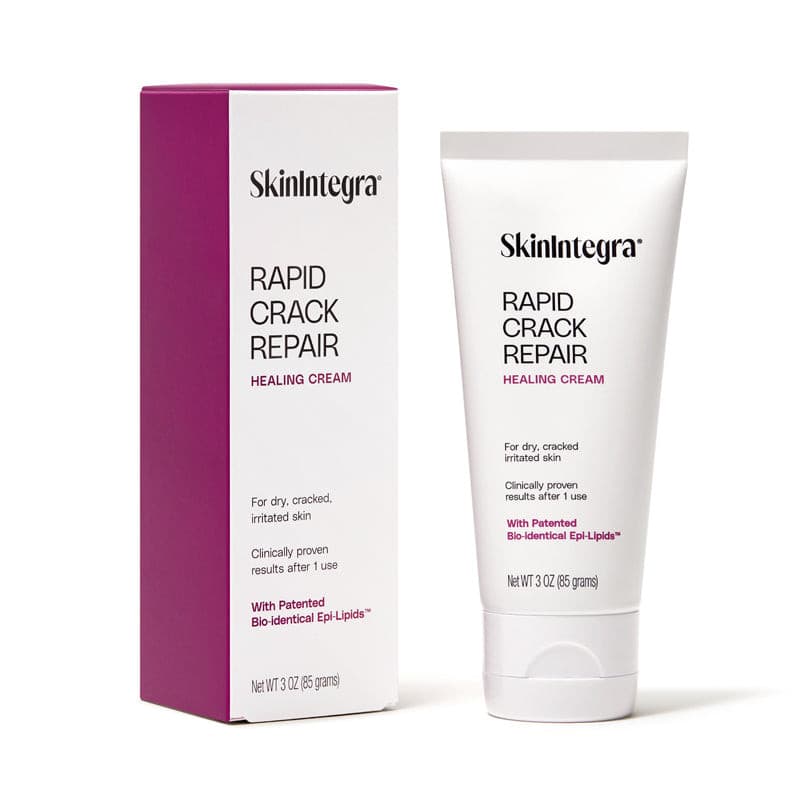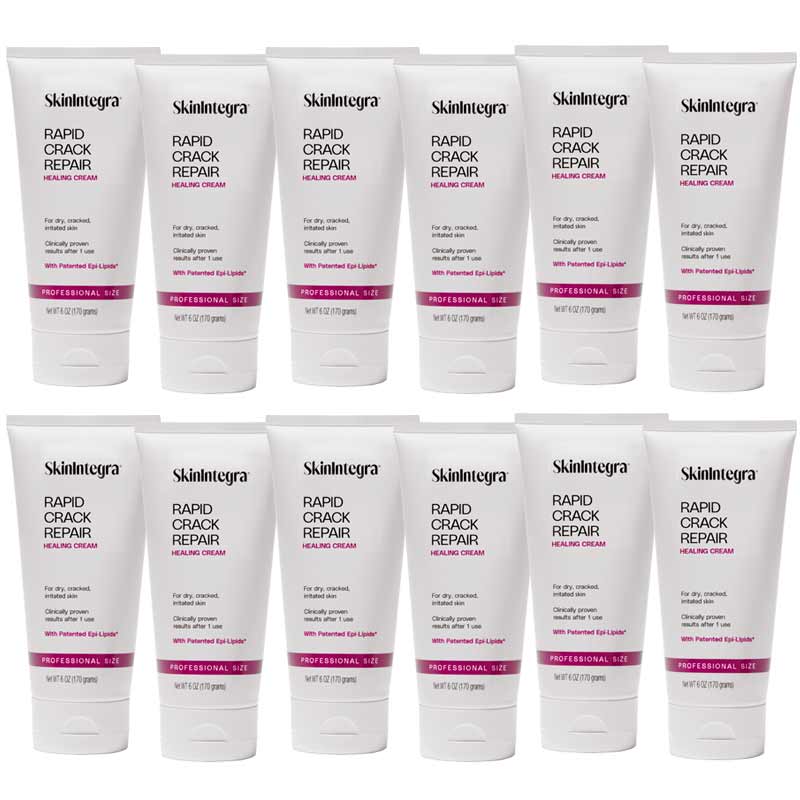Corns and calluses are common foot issues, but for people with diabetes, they can turn into serious health problems if not treated correctly. Drugstore treatments like salicylic acid might promise quick relief, but they can do more harm than good.
In this article, we explain why salicylic acid is unsafe for people with diabetes and what safer alternatives exist to manage calluses without risking skin damage or infection.
What Are Corns and Calluses?
Corns and calluses are thick, hardened layers of skin that form as a protective response to pressure or friction. They most commonly appear on the toes, soles, or sides of the feet. While they may seem like minor cosmetic problems, in people with diabetes, they can become entry points for serious infections if the skin is broken or irritated.

What Is Salicylic Acid?
Salicylic acid is a beta hydroxy acid (BHA) used in many over-the-counter products to treat acne, warts, and calluses. It works by dissolving keratin, the protein that forms thickened skin, and promoting natural exfoliation. That’s why it’s often found in callus removers and medicated pads.
But while effective in some cases, salicylic acid is not safe for everyone — especially not for those living with diabetes.
Why Salicylic Acid Is Contraindicated for People with Diabetes
Diabetic foot care requires extra caution due to two common complications:
1. Neuropathy (Nerve Damage)
People with diabetes often experience reduced sensation in their feet. This means they may not feel irritation, burning, or injury from salicylic acid application until the damage is already done.
2. Impaired Circulation
Reduced blood flow to the lower legs and feet slows down healing and increases the risk of infection. A small sore or burn caused by salicylic acid can easily become a serious ulcer.
Because salicylic acid doesn’t just remove dead skin but can also damage healthy skin, it presents a significant danger to anyone with diabetes — especially when used on the feet.
Potential Risks of Salicylic Acid for Diabetic Skin
-
Skin Irritation: Redness, peeling, or burning may go unnoticed due to reduced nerve sensitivity.
-
Chemical Burns: Prolonged use or high concentrations can cause deep tissue damage.
-
Delayed Healing: Damaged skin takes longer to heal, increasing infection risk.
-
Infection: Open wounds caused by chemical burns can lead to serious foot infections.
-
Systemic Absorption: In rare cases, the acid can enter the bloodstream — a risk heightened by poor circulation.
For these reasons, medical professionals strongly advise avoiding salicylic acid if you have diabetes.
Clinical Guidelines and Expert Advice
The American Diabetes Association and American Podiatric Medical Association both caution against the use of salicylic acid on diabetic skin — especially on the feet. Labels on most medicated callus removers also carry warnings for people with diabetes, poor circulation, or nerve damage.
Instead of self-treating with harsh chemicals, people with diabetes are advised to use gentle, non-invasive methods and consult a podiatrist when needed.
Safer At-Home Alternatives for Managing Calluses
If you have diabetes, there are effective ways to prevent and manage calluses that don’t involve risky acids or home trimming.
1. Inspect Your Feet Daily
Use a mirror or ask a caregiver to help you check for hard spots, cracks, redness, or swelling. Don’t rely on sensation alone — neuropathy can mask problems.
2. Wash and Dry Gently
Clean your feet daily with lukewarm water. Avoid soaking your feet, as it can dry the skin. Dry thoroughly, especially between the toes, to reduce the risk of fungal infections.
3. Moisturize with the Right Ingredients
Regular moisturizing keeps skin supple and helps prevent calluses from hardening. Look for diabetic-safe moisturizers with urea (10–25%) or ammonium lactate, which gently exfoliate and hydrate the skin.
4. Wear Proper Footwear
Avoid going barefoot. Wear shoes with a wide toe box and cushioning to reduce friction and pressure points that lead to calluses.
5. Consider Orthotics
Custom orthotic inserts help redistribute weight and prevent pressure build-up in vulnerable areas.
6. See a Podiatrist Regularly
Let a medical professional handle any debridement or skin concerns. Never attempt to shave down a callus or use non-sterile tools at home.
Why SkinIntegra Rapid Crack Repair Cream Is Ideal for Callus Removal

When it comes to managing dry, thick calluses safely, SkinIntegra® Rapid Crack Repair Cream offers a breakthrough solution designed specifically for diabetic skin.
This patented cream delivers visible results — without the risks of salicylic acid.
How It Works:
-
Gently removes thick callus buildup with 25% urea, a clinically effective concentration that softens hardened skin without burning healthy tissue.
-
Restores the skin barrier with ingredients like lactic acid, hyaluronic acid, ceramides, natural oils, and essential fatty acids — all chosen to mimic the natural components of healthy skin.
-
Clinically proven to show visible improvement in just 1 day in people with diabetes with dry, cracked, or callused skin.
-
Free from harsh ingredients: No fragrances, dyes, parabens, phthalates, or petroleum — all of which can irritate diabetic skin or slow healing.
-
Recognized with the APMA Seal of Approval and trusted by podiatrists.
By combining gentle exfoliation with deep barrier repair, SkinIntegra offers the safe and effective alternative that diabetic patients need to prevent complications and regain foot comfort.
Frequently Asked Questions
Can I use salicylic acid if I have well-managed diabetes?
Even with good glucose control, diabetic skin remains vulnerable. It’s best to avoid salicylic acid unless a doctor specifically advises otherwise.
What should I do if I already used a salicylic acid patch?
Stop using it immediately and monitor the area. If you notice redness, blistering, or signs of infection, contact your doctor or podiatrist right away.
Are foot files or pumice stones safe to use?
Generally not. These tools can break the skin, especially if overused or unsterilized. Even small abrasions can lead to infection.
Is SkinIntegra only for people with diabetes?
No — while it’s optimized for diabetic skin, anyone with dry, cracked, or callused feet can benefit from its gentle, effective formula.
Final Thoughts
Salicylic acid may seem like a fast fix for calluses, but it comes with serious risks if you have diabetes. The potential for burns, delayed healing, and infection makes it unsafe — especially for feet already vulnerable due to neuropathy and poor circulation.
Fortunately, safer alternatives exist. By practicing daily foot care, moisturizing regularly, wearing the right footwear, and using products like SkinIntegra Rapid Crack Repair Cream, you can effectively manage calluses and protect your feet for the long term.
Shop SkinIntegra for Safe, Effective Callus Relief
Shop SkinIntegra Rapid Crack Repair Cream — A patented, diabetic-safe formula with 25% urea and barrier-restoring ingredients. Clinically proven to show results in just 1 day.





